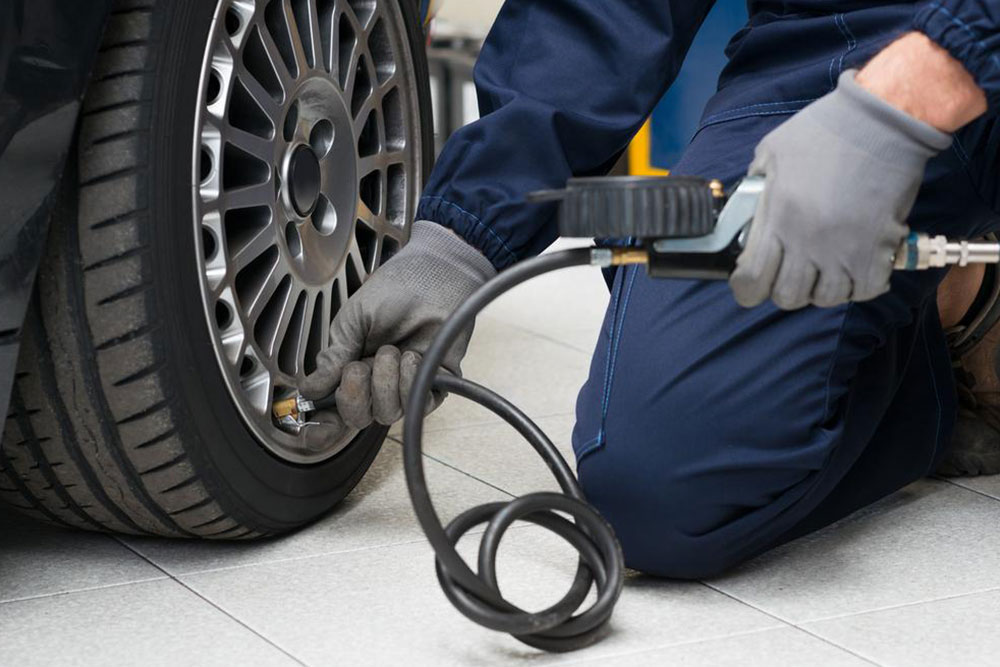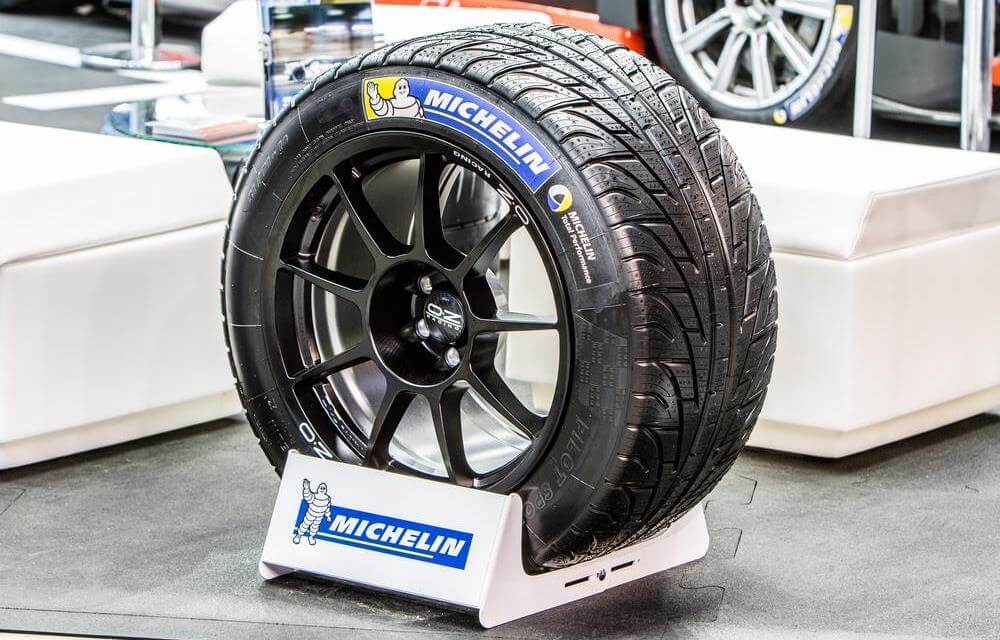Comprehensive Guide to Maintaining and Caring for Your Vehicle’s Tires
This comprehensive guide offers essential tips for tire care and maintenance, including tire pressure, rotation, balancing, alignment, and replacement. Proper tire upkeep ensures vehicle safety, enhances performance, and extends tire lifespan. Understanding and implementing these practices can lead to smoother rides, better fuel efficiency, and reduced repair costs. Ideal for vehicle owners seeking to keep their tires in top condition, this detailed advice covers everything needed for effective tire management and safety on the road.

Comprehensive Guide to Maintaining and Caring for Your Vehicle’s Tires
Your vehicle’s tires are one of the most critical components that influence driving safety, vehicle performance, and fuel efficiency. Proper tire care involves regular inspections, maintenance practices like ensuring correct inflation, periodic rotation, balancing, and appropriate replacement procedures. By adhering to these maintenance routines, car owners can significantly extend tire lifespan, improve safety on the road, and enhance overall driving experience.
In this detailed guide, we will delve into each aspect of tire care, explain why it is essential, and provide practical tips that can be easily followed by everyday drivers to keep their tires in optimal condition.
Monitoring Tire Pressure: The Foundation of Tire Maintenance
Maintaining the correct tire pressure is fundamental to ensuring your vehicle performs at its best. Under-inflated tires can lead to decreased fuel efficiency, uneven tire wear, and an increased risk of blowouts, which can compromise safety. Conversely, over-inflated tires may result in a harsher ride and reduced contact patch with the road, impacting handling and braking performance.
To keep your tires properly inflated, check the tire pressure at least once a month, and always before long trips. Use a reliable tire pressure gauge and compare the reading to the manufacturer's recommended pressure, which can typically be found on a sticker inside the driver’s door or in the owner’s manual. It's essential to check tires when they are cold for the most accurate readings, as driving heats up the tires and can give a false reading.
Properly inflated tires not only improve safety but also contribute to better fuel economy and overall vehicle performance. Regular pressure checks should become a routine part of your vehicle maintenance schedule.
Rotating Your Tires for Uniform Wear
Regular tire rotation is a vital maintenance step that helps ensure even tread wear across all tires, thereby extending their lifespan and maintaining optimal handling. Since front tires often wear faster, especially in vehicles with front-wheel drive, rotating tires at recommended intervals is crucial. The typical interval suggested by manufacturers is every 4,000 to 6,000 miles, but always consult your vehicle's owner’s manual for specific guidance.
There are different rotation patterns, such as cross pattern or straight pattern, depending on your vehicle type and tire configuration. Proper rotation prevents uneven wear caused by differences in tire rotation direction, weight distribution, and braking forces. Implementing a consistent rotation schedule can prevent premature tire replacement and reduce overall maintenance costs.
Wheel Balancing and Alignment: Ensuring Smooth and Safe Rides
Wheel balancing and alignment are often overlooked but are essential for maintaining vehicle control and prolonging tire life. Unbalanced wheels create vibrations at various speeds and can lead to uneven tire wear, steering issues, and increased fatigue for the driver. Proper wheel balancing involves adjusting the weight distribution of the wheel and tire assembly to eliminate vibrations and promote even contact with the road surface.
Wheel alignment, on the other hand, ensures that the wheels are set to the correct angles according to the manufacturer's specifications. Misalignment can cause uneven tire wear, pulling to one side, and compromised handling. Regular alignment checks help maintain proper tire contact, optimize steering response, and improve overall vehicle stability.
Professionally balanced wheels and correct alignment are crucial for safe driving, especially at high speeds or on rough terrains. Routine inspections and adjustments can save money by extending tire longevity and enhancing driving comfort.
Effective Tire Replacement Strategies
Knowing when and how to replace tires is vital for maintaining vehicle safety. Tires should be replaced once they reach the manufacturer’s tread depth minimum, which is typically 2/32 of an inch, or sooner if there are visible signs of damage such as cuts, punctures, or sidewall bulges. Regularly inspecting the tires for irregular tread wear patterns, dry rot, or embedded objects can help identify the need for replacement before a dangerous situation arises.
When replacing tires, it’s advisable to install new tires in pairs or complete sets to maintain vehicle stability and handling performance. It is generally recommended to mount new tires on the rear axle, especially on front-wheel-drive vehicles, as this provides better control in challenging conditions such as wet or slippery roads.
Always ensure that your spare tire is properly inflated, accessible, and in good condition for emergency situations. Keeping a well-maintained spare can be lifesaving in case of a flat tire on the road.
Proper tire maintenance and timely replacement are essential to keep your vehicle operating safely and smoothly. Making small but consistent efforts in tire care can lead to significant benefits in safety, economy, and driving comfort.
By following these comprehensive tire care tips, drivers can maximize their vehicle’s performance, improve safety, and reduce maintenance costs over time. Regular inspections, proper inflation, timely rotation, accurate alignment, and diligent replacement practices form the cornerstone of effective tire management. Drive responsibly and keep your tires in optimal condition for a safer, more comfortable journey every time you hit the road.





